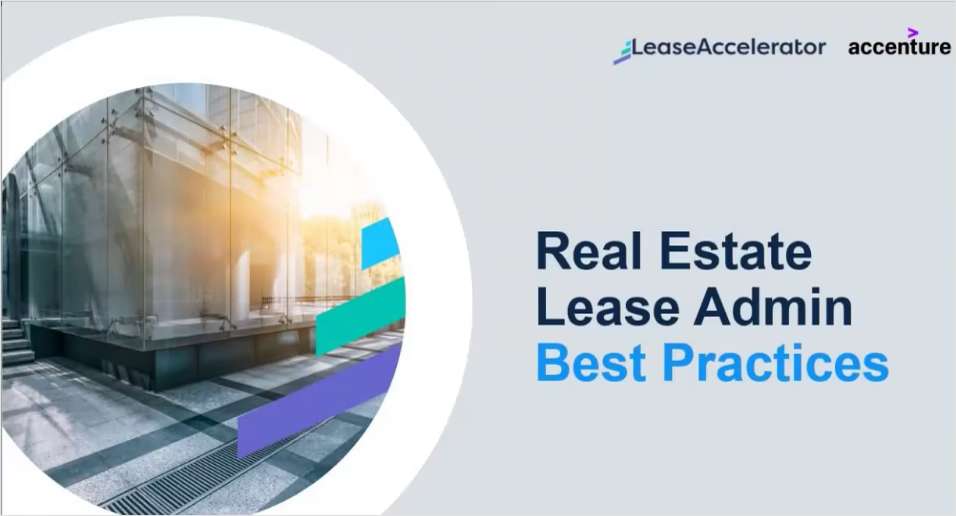 We may be heading toward an oversupply of creative office space. While demand for creative office—in this sense the term applies to all open-plan and highly designed offices—is dominating the market, there has been a recent increase in the sublease supply. Now sublease rents are decreasing, and it could soon impact the direct leasing office market.
We may be heading toward an oversupply of creative office space. While demand for creative office—in this sense the term applies to all open-plan and highly designed offices—is dominating the market, there has been a recent increase in the sublease supply. Now sublease rents are decreasing, and it could soon impact the direct leasing office market.
“If developers continue to build creative-type office buildings and landlords continue to renovate warehouse space, there will be an oversupply of creative office space on the market. I have no doubt about it,” Ian Strano, EVP at NAI Capital, tells GlobeSt.com.
The sublease market is the primary indicator that we could be heading toward an oversupply problem. An NAI Capital report released earlier this month showed that sublease supply is increasing and sublease rents are coming down. “A majority of the sublease supply on the market is creative office space,” adds Strano. “It isn't just general office space that people are giving up; it is true creative office space of warehouse conversions.”
The oversupply issue has been exacerbated by landlord conversions of traditional space and warehouse conversions. Today, much of the office stock self describes as creative space to attract more tenant demand. “Because there isn't a demand for traditional office space, if the trend to convert warehouses into creative office space continues, we are building ourselves into an oversupply of creative office space,” explains Strano.
The truth is that creative office does dominate demand and landlords need to adopt creative characteristics to stay competitive. “Creative office space has now become a generic term. Even traditional tenants, like law firms, are moving to creative spaces to attract young talent,” says Strano. “Creative office space today is the most important aesthetic of our time. There has never been a time in real estate in this entire country when design has been so important. Today's design drives the real estate deal. Creative office space has changed the industry. It has changed the way that tenants look at space, and it has changed the way that tenants talk to their brokers.”
Strano believes that if the trend continues, we will see an economic impact. “There is something going on in the real estate market in Los Angeles that hasn't shown up in the numbers yet,” he says. “We will have to see what happens next year. If this trends continues through 2018, there is probably going to be a slowdown in the economy.”
 We may be heading toward an oversupply of creative office space. While demand for creative office—in this sense the term applies to all open-plan and highly designed offices—is dominating the market, there has been a recent increase in the sublease supply. Now sublease rents are decreasing, and it could soon impact the direct leasing office market.
We may be heading toward an oversupply of creative office space. While demand for creative office—in this sense the term applies to all open-plan and highly designed offices—is dominating the market, there has been a recent increase in the sublease supply. Now sublease rents are decreasing, and it could soon impact the direct leasing office market.
“If developers continue to build creative-type office buildings and landlords continue to renovate warehouse space, there will be an oversupply of creative office space on the market. I have no doubt about it,” Ian Strano, EVP at NAI Capital, tells GlobeSt.com.
The sublease market is the primary indicator that we could be heading toward an oversupply problem. An NAI Capital report released earlier this month showed that sublease supply is increasing and sublease rents are coming down. “A majority of the sublease supply on the market is creative office space,” adds Strano. “It isn't just general office space that people are giving up; it is true creative office space of warehouse conversions.”
The oversupply issue has been exacerbated by landlord conversions of traditional space and warehouse conversions. Today, much of the office stock self describes as creative space to attract more tenant demand. “Because there isn't a demand for traditional office space, if the trend to convert warehouses into creative office space continues, we are building ourselves into an oversupply of creative office space,” explains Strano.
The truth is that creative office does dominate demand and landlords need to adopt creative characteristics to stay competitive. “Creative office space has now become a generic term. Even traditional tenants, like law firms, are moving to creative spaces to attract young talent,” says Strano. “Creative office space today is the most important aesthetic of our time. There has never been a time in real estate in this entire country when design has been so important. Today's design drives the real estate deal. Creative office space has changed the industry. It has changed the way that tenants look at space, and it has changed the way that tenants talk to their brokers.”
Strano believes that if the trend continues, we will see an economic impact. “There is something going on in the real estate market in Los Angeles that hasn't shown up in the numbers yet,” he says. “We will have to see what happens next year. If this trends continues through 2018, there is probably going to be a slowdown in the economy.”
Want to continue reading?
Become a Free ALM Digital Reader.
Once you are an ALM Digital Member, you’ll receive:
- Breaking commercial real estate news and analysis, on-site and via our newsletters and custom alerts
- Educational webcasts, white papers, and ebooks from industry thought leaders
- Critical coverage of the property casualty insurance and financial advisory markets on our other ALM sites, PropertyCasualty360 and ThinkAdvisor
Already have an account? Sign In Now
*May exclude premium content© 2024 ALM Global, LLC, All Rights Reserved. Request academic re-use from www.copyright.com. All other uses, submit a request to [email protected]. For more information visit Asset & Logo Licensing.








